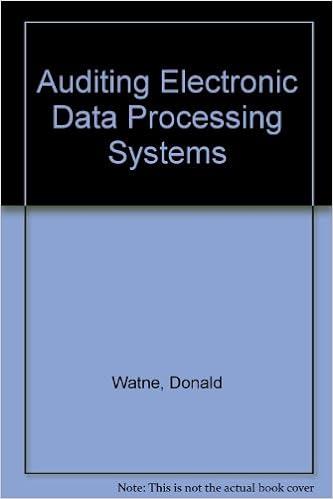


The New Zealand dollar is the functional currency of a New Zealand exporter. The exporter wants to limit the effect of currency fluctuations in the next year, by hedging forecasted USD-denominated sales. It expects to sell US$500,000 of goods on 31 January 2020, and it expects to receive the payment on 30 April 2020. Therefore, on 31 January 2019 it enters into a fifteen month forward contract with the bank to sell US$500,000 and receive the agreed number of NZ dollars on 30 April 2020 (at a forward rate of NZ$1 = US$0.63). You can assume that the goods of US$500,000 were sold on 31 January 2020 according to the plan. Also assume that this is an effective cash flow hedge and the change in fair value of the forward contract before the forecast sales is 100% effective, under NZ IFRS 9. Relevant exchange rates (i.e., spot rates and forward rates for 30 April 2020 delivery of cash) for transaction dates and balance dates (31 March) are provided in the table below. The table shows the number of US$ one gets on delivery of NZ$1 (i.e., NZ$1 = US$). You will need to discount the fair value of the forward contract. Assuming an interest rate of 6% per annum over the time period, discount factors are also given in the table below. Date Spot Rate Forward Rate Time to settlement (t) 15 months Discount factor (6% per annum) 31-Jan-2019 0.66 0.63 0.9279 31-Mar-2019 0.70 0.68 13 months 0.9372 31-Jan-2020 0.62 0.61 0.9851 3 months 1 month 31-Mar-2020 0.63 0.62 0.9950 30-Apr-2020 0.64 0.64 0 1.0000 Required: (a) In accordance with NZ IFRS 9, prepare the journal entries (if any) on the following dates and complete WORKSHEET 2 on page 8, which forms part of your workings: on 31 January 2019 (the date of entering into the forward contract); (ii) on 31 March 2019 (a balance date); (iii) on 31 January 2020 (the date of sale of the goods); (iv) on 31 March 2020 (a balance date); on 30 April 2020 (the date of settlement of the forward contract and receipt from the customer). (14 marks) (b) Calculate the overall gain or loss from both the accounts receivable and the forward contract. Also provide an overall position check for the net cash receipt. Show all workings. (3 marks) (c) An exporter can also buy a put option to hedge its foreign exchange risk associated with the USD- denominated accounts receivable. Define a put option and explain how a put option can help the exporter hedge its foreign exchange risk. [word limit: 140 words) (2 marks) Question 4 continued: (d) A fair value hedge and a cash flow hedge are two types of hedging relationships. Define a fair value hedge and a cash flow hedge. Also explain the key differences between these two types of hedges. [word limit: 150 words) (3 marks) (Total for question: 22 marks) WORKSHEET 2 FORMS PART OF THE ANSWER FOR QUESTION 4 (REMEMBER TO ATTACH THIS WORKSHEET TO YOUR ANSWER) Date Forward PV Fair Value Change Forward Contract Asset and Liability (Contract amount US$500,000) Rate Net (A-L) Factor of Forward in Fair Value NZ$ Value of Asset NZ$ Value of Liability 31-Jan-19 31-Mar-19 31-Jan-20 31-Mar-20 30-Apr-20









